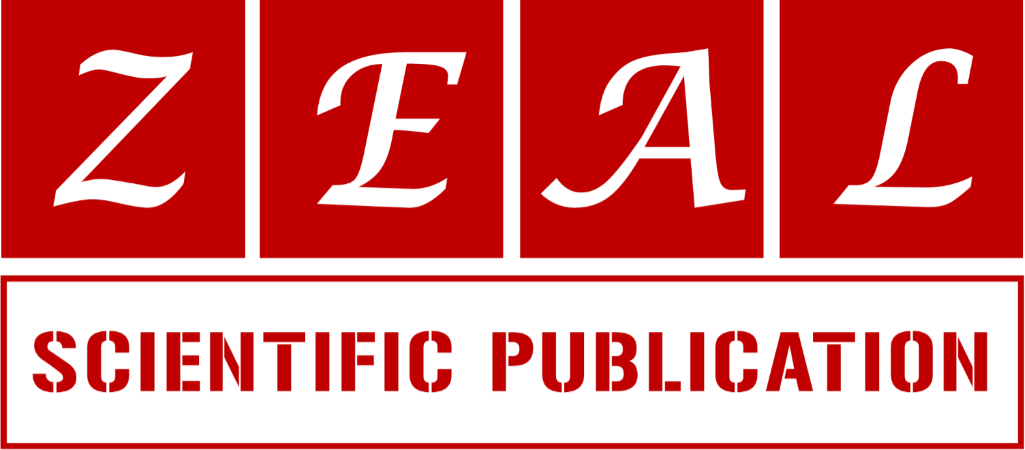DNA-based computation: Methods, applications and future potential
Research Scientist III, Analytical R&D, Amneal Pharmaceuticals, NJ.
Research Article
World Journal of Advanced Pharmaceutical and Medical Research, 2023, 05(01), 009-019.
Article DOI: 10.53346/wjapmr.2023.5.1.0032
Publication history:
Received on 28 May 2023; revised on 20 July 2023; accepted on 24 July 2023
Abstract:
This paper explores the use of DNA as a medium for computation, highlighting the various methods by which DNA can process information. Three primary approaches are discussed: deoxy ribozyme-based logic gates, DNA strand dis- placement, and algorithmic self-assembly of DNA tiles. De- ox ribozymes facilitate computations through cleavage actions, offering potential in targeted drug delivery systems. DNA strand displacement enables Boolean logic operations with reusable components and is adaptable for in situ RNA detection. Algo- rhythmic self-assembly can generate complex nanoscale patterns. Additionally, DNA’s high memory density and stability make it an excellent candidate for long-term data storage, with potential applications in associative memory systems. While each method has its strengths and limitations, their combined use in future applications could unlock new possibilities in smart therapeutics, information storage, and nanoscale engineering.
Keywords:
DNA Computing; Molecular Computing; De- Ox ribozyme Logic Gates; DNA Strand Displacement; Nanoscale Engineering; Hamiltonian Path Problem; DNA Nanotechnology; Fluorescence Resonance Energy Transfer (FRET); Targeted Drug Delivery; DNA Algorithms
Full text article in PDF:
Copyright information:
Copyright © 2023 Author(s) retain the copyright of this article. This article is published under the terms of the Creative Commons Attribution Liscense 4.0
